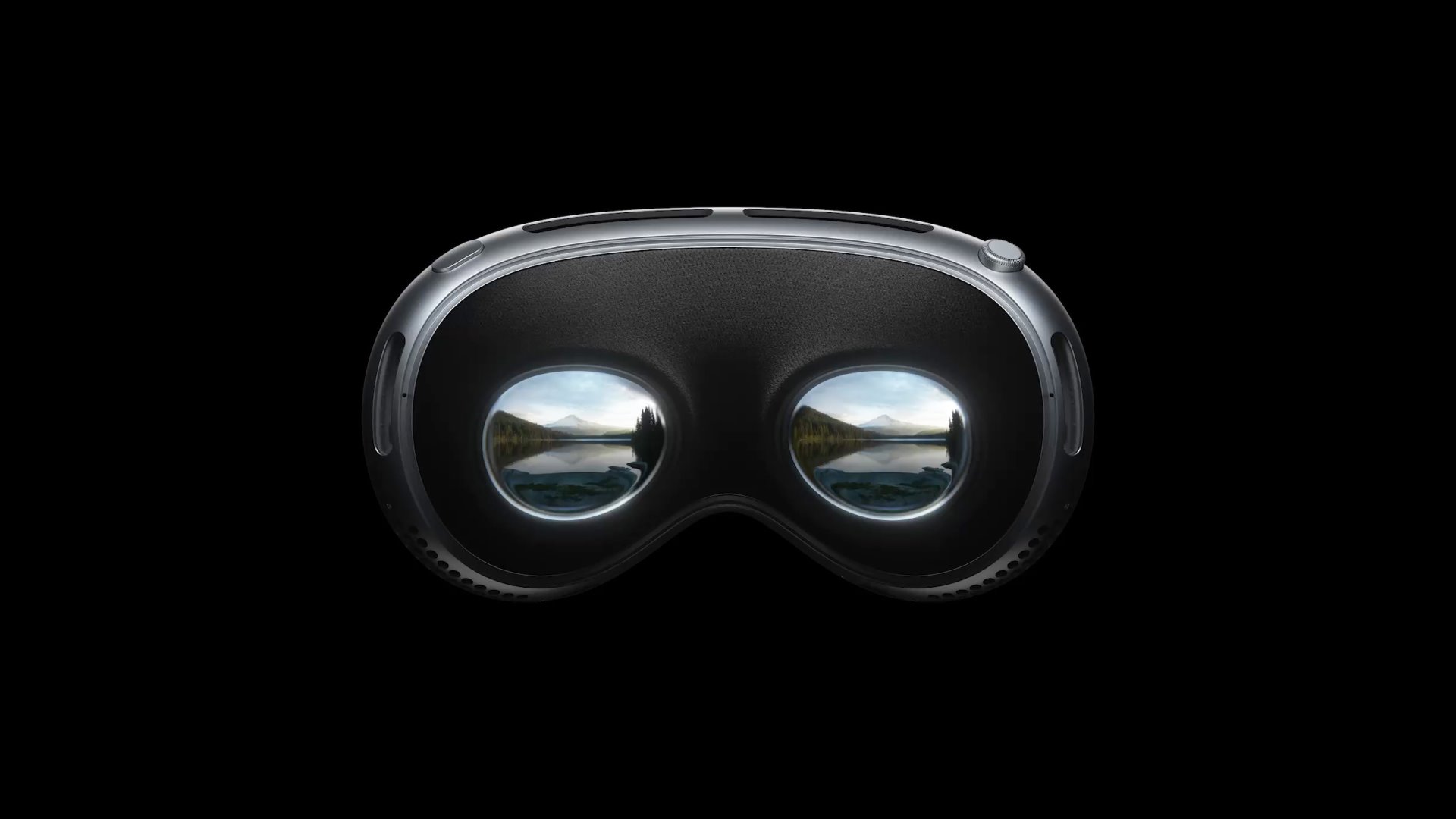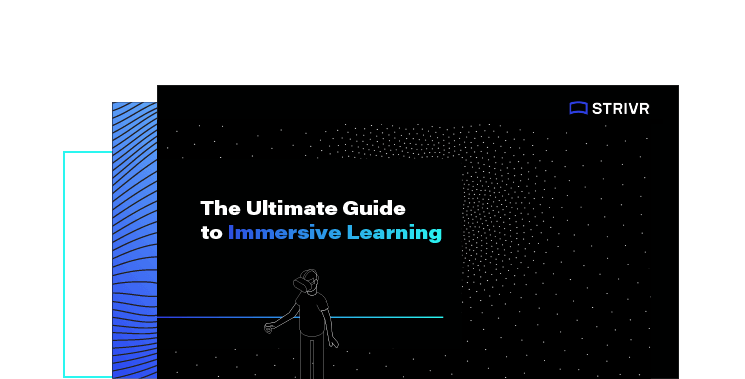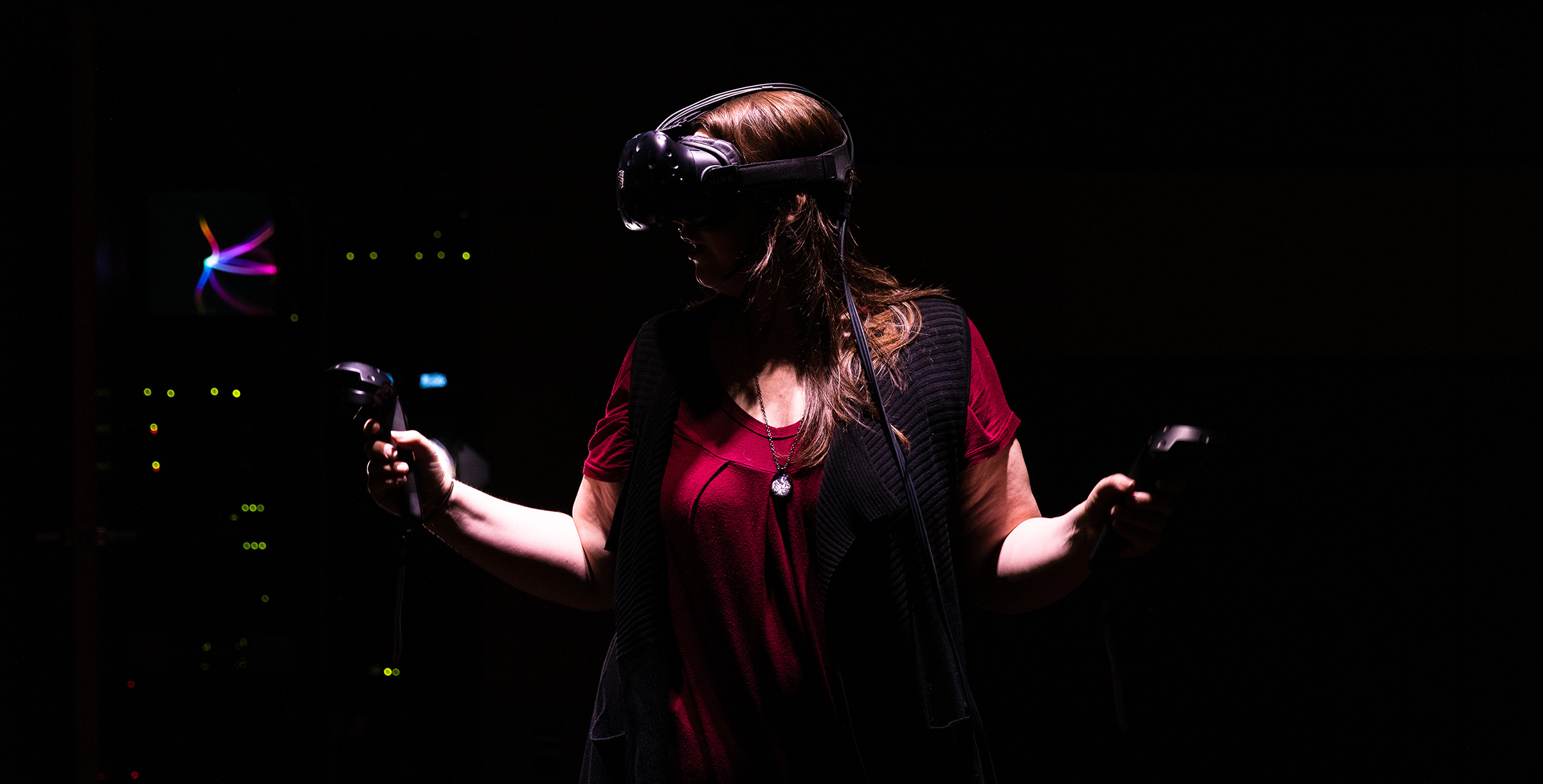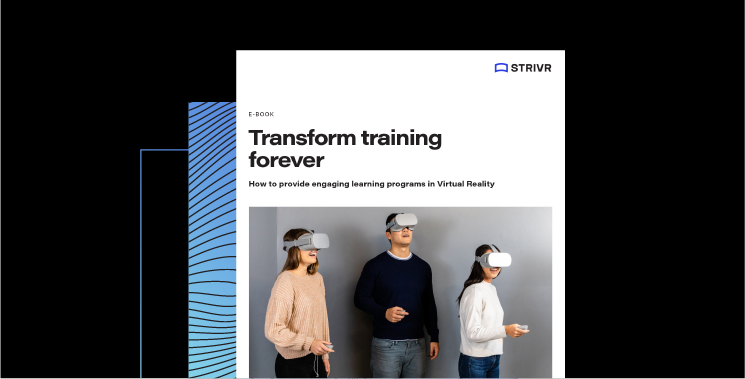How do you assess a candidate’s potential for a role? How do you evaluate managers for potential promotions in a consistent manner?
Assessments are an important part of many organizations. They take on a lot of different forms, which often leads to inconsistency and bias in the way they’re executed. Interviews are limited and often can’t give you the entire picture. In some cases, it’s the interviewer asking different questions of different people or misinterpreting responses; in others, the interviewee simply lies about their experience. When it comes to promotions, managers may not be objective in their evaluations. In general, humans introduce a huge amount of variation to assessments.
Today, there is a groundbreaking new approach to skills assessment, and it’s based on Virtual Reality (VR).
See why every enterprise needs vr-based learning
Strivr has developed predictive algorithms that allow us to explore a precise quantitative relationship between immersive experiences and meaningful real-world indicators. We are using virtual assessments in VR to determine whether employees are best suited to a given role or set of roles, as well as to better understand how candidates and managers would behave in real-world scenarios, if hired.
What are virtual assessments?
For Strivr, a virtual assessment is an immersive VR experience that captures data from an individual user and runs it through a predictive model that helps to indicate future performance. The model uses machine learning algorithms that have been trained based on existing research literature and internal research performed by Strivr. As more real-world data is fed into the algorithm, it continues to get better. Through these VR-based Virtual Assessments, companies can receive objective, data-driven predictions about how certain employees will perform in different roles, making it a valuable tool for hiring, promoting, and other resource planning decisions.
In contrast with traditional assessment methods, this virtual assessment captures far more comprehensive data that can be analyzed to measure both employee and candidate proficiency as well as to capture the performance and character traits that are indicative of future success. For example, Strivr uses behaviors such as engagement and confidence, uniquely captured from the VR experience, to tell us more broadly about the behavioral traits and skills the learner possesses that are relevant to a role.
During a VR-based virtual assessment, Strivr’s platform collects performance data on the user.
- Decision data includes whether the user chose the correct answer to a question based on multiple choices or was able to find mistakes or safety hazards in a virtual environment. The user is asked to complete tasks, and answers are evaluated to evaluate proficiency.
- Immersive data measures attention and behavior, primarily in terms of hand, head and eye movement — where the user is looking in a scene. This helps us understand why and how a user got to the answers they did.
By combining these two data sets, we get a much more comprehensive, accurate, and robust understanding of behavior. This can help provide context and additional points of evaluation — useful metrics when evaluating two candidates who otherwise look the same on paper, or when comparing an employee against a best-performing archetype. Data from virtual assessments gives deeper insight into candidate and employee awareness, expertise, and skill. For instance, it can reveal whether a user knows which areas of a store need to be attended to, and it can analyze how quickly and expertly they make decisions.
For a detailed description of VR training data and how it’s used to evaluate workforce performance, download The Ultimate Guide to Immersive Learning.
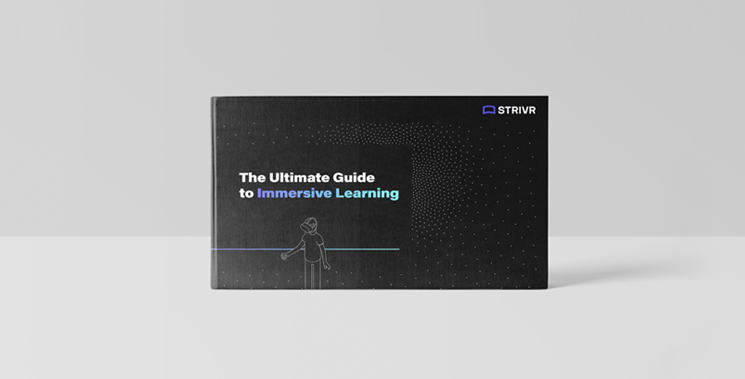
Combining our patent-pending immersive analytics with traditional decision analytics yields a better prediction of real-world performance. We believe these features help identify where there may be opportunities to focus training for particular individuals within your organization — and add insight into predicting ultimate employee success.
How Walmart used the Virtual Reality assessment
Today, Strivr partners with Fortune 1000 companies to roll out these virtual assessments at scale. One of these is Walmart, a company that uses VR-based virtual assessments to limit bias inherent in many traditional hiring decisions, increase diversity, and reduce turnover among its 1.5 million U.S. employees. Roughly 10,000 managers went through Walmart’s Virtual Reality Assessment, and the initial data provided a valuable first step in helping Strivr understand the model’s effectiveness. VR Assessment is an excellent tool for capturing objective, unbiased results about employee behavior.
What we’re trying to do is understand the capacity of the individual from a leadership perspective and how they view situations.
Drew Holler, Sr. Vice President of Associate Experience, Walmart

